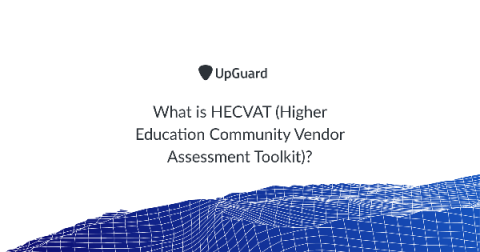What is the Vendor Security Alliance (VSA) Questionnaire?
The Vendor Security Alliance (VSA) questionnaire was created by a coalition of companies committed to improving Internet security. It is one of the most well-known, highly respected security questionnaires, alongside: The VSA questionnaire is free to use and accessible on the VSA website.









